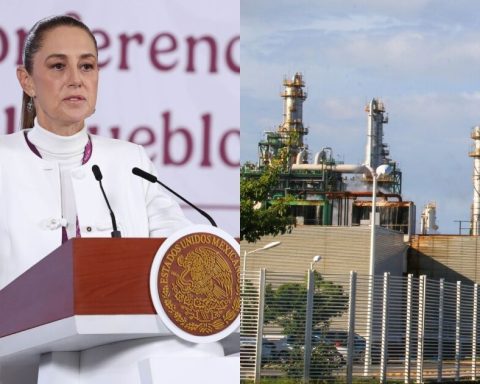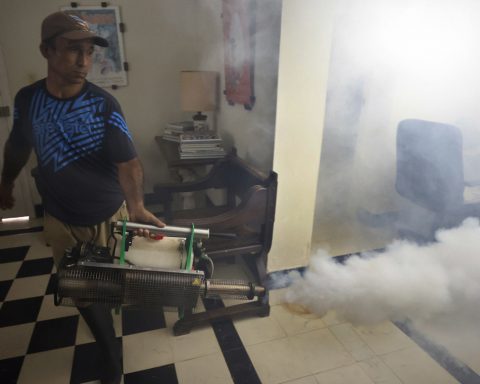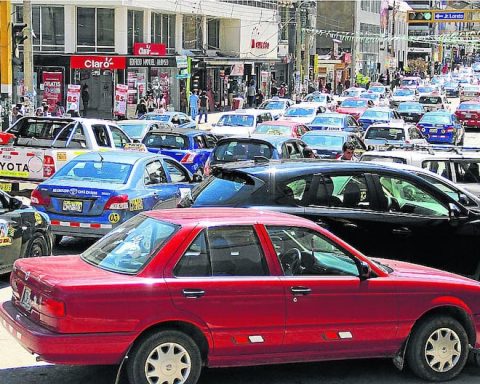AND
Last January 10, The body of a baby named Tadeo was found inside the Social Rehabilitation Center of San Miguel, in Puebla. It was later confirmed that days before he had been illegally exhumed from the San Nicolás Tolentino pantheon, of the Iztapalapa mayor’s office, transferred to Puebla and introduced in the aforementioned criminal. Until today, there is no plausible explanation that allows us to understand the facts from their origin and the motivations for digging up the body of a minor and transferring him to a state prison.
Certainly, as a result of the finding and to date, more than 20 people have been arrested and both the secretary and the undersecretary of Public Security and Penitentiary Centers in Puebla, who were in office when the events occurred, have been dismissed. However, in this as in many other cases, justice is not fully fulfilled with dismissals and arrests, but with the formulation and execution of an agenda aimed at reforming the Mexican prison system, clearly fractured and exceeded.
The shocking news of the Tadeo case and the findings revealed around this event are a symptom of a prison system marked by overcrowding, by self-governing regimes and by the general neglect of the right to social reintegration. The National Law of Penal Execution enacted in 2016 established social reintegration as the ultimate and inalienable goal of the prison system. However, its implementation remains a long way from its formulation on paper.
The Monthly notebook of national penitentiary statistical information, of the Secretariat of Security and Citizen Protection, details that, in December 2021, 136 of the 288 penitentiary centers nationwide are overcrowded, and Puebla ranks as the second state with the highest overpopulation in the country, despite being the second state with the largest number of penitentiary centers, with 22. The San Miguel de Puebla prison, where Tadeo was found, has an overpopulation of 101 percent, that is, it houses just over twice its capacity.
Overpopulation and overcrowding, plus poor health care and food conditions in prisons, increase the risk of self-government, violence and riots, thus hindering the ability of the prison system to comply with its obligation to give inmates the conditions and tools necessary for social reintegration.
The National Survey of the Population Deprived of Liberty (Enpol) of the Inegi shows that only 14.4 percent of people deprived of their liberty declared they felt safe inside their cell in 2021. This survey also refers to the systemic violence of which they are victims the detained persons, affirming that 64.5 percent and 48.6 percent of them suffered psychological and physical violence, respectively, after their arrest and even before being taken to the Public Ministry.
The complexity and depth of the prison crisis must be resolved with a comprehensive approach, since quick and simplistic formulas such as the privatization of prisons that began in 2010 have already shown their ineffectiveness in resolving this problem; This is confirmed by the National Diagnosis of Penitentiary Supervision of the CNDH, where the difference in qualification between private and public penitentiary centers is practically nil. The poor separation between sentenced and prosecuted; insufficient security and custody personnel; overcrowding; self-government, and the presence of illicit activities and charges within the prisons, are part of a set of 20 deficiencies observed by the agency within the country’s penitentiary centers.
The case of the child Tadeo reveals an environment of rottenness that goes from the municipal pantheons, which give wide margins for the illegal exhumation of a body, its transfer from one state entity to another and, even worse, its introduction to a prison that , it is assumed, is in charge of the institutions of the Mexican State. Therefore, there is no doubt that the facts must be investigated and punished, but it is also unavoidable to implement and reformulate the necessary measures on the prison system to eliminate the conditions that reproduce and normalize violence within prisons. Urgent and effective strategies must be created for the depressurization of prisons and for the improvement of their material conditions.
The ultimate goal of a justice system is crime prevention. Understanding prison as reintegration requires a comprehensive and interdisciplinary approach that allows eradicating the state of exception that currently prevails in prisons. It is urgent to design a basic agenda that promotes the reformulation of the criminal policy of our country, from the investigation and punishment of crimes, to the execution of sentences; without neglecting the expected fulfillment of the inalienable duty of the State to make social reintegration feasible.













